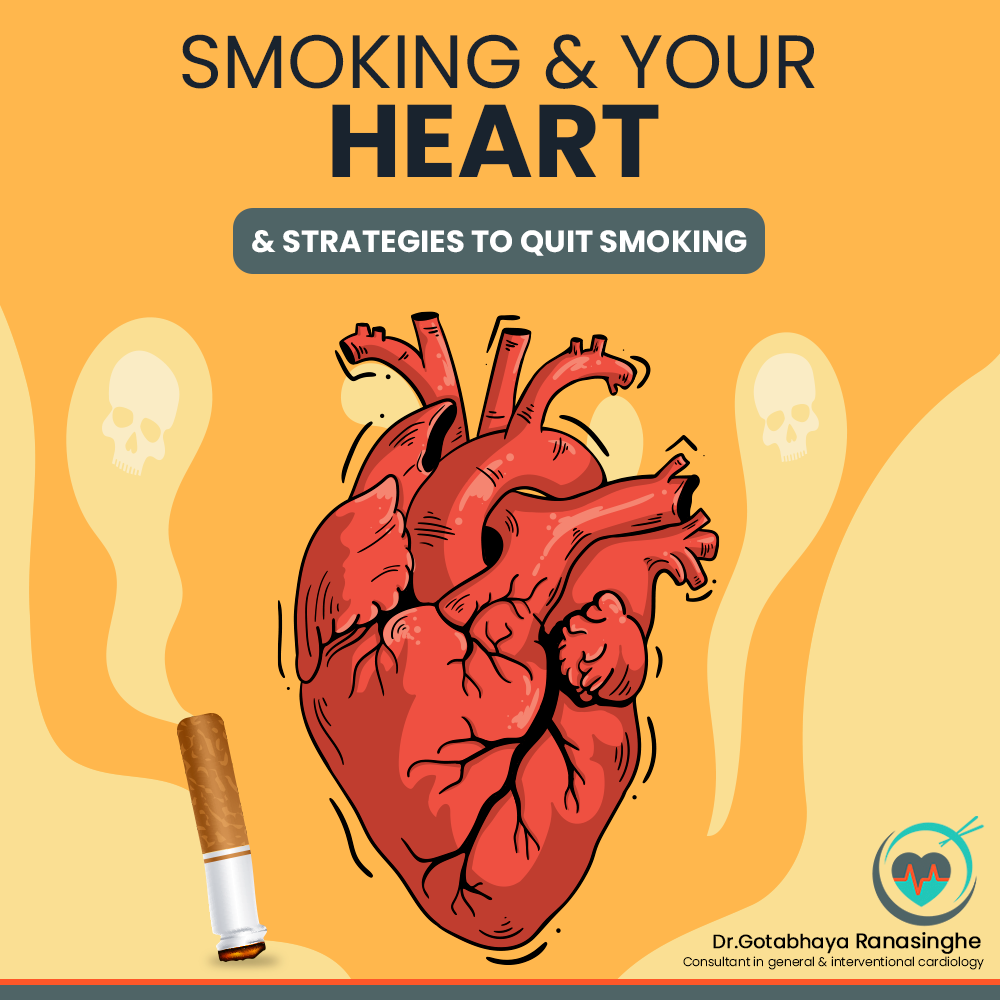How smoking affects your heart & blood vessels
Aside from the other numerous health risks brought on by smoking such as cancer & lung diseases, it is especially harmful to your heart.
Nicotine can also cause “spasms” in your heart arteries, which is a momentary narrowing of the artery which can lead to a heart attack. The dangerous thing about this is that this can happen to anyone at any time, young or old. Another risk factor of nicotine is called erosion, which is an ulcer with a possible blood clot that forms on the endothelium (inner layer) of your artery wall. This is harmful in itself and can also lead up to further deposits of cholesterol in your arteries.
A waxy substance called “plaque” builds up in your arteries and overtime these harden up, limiting the flow of oxygen-rich blood to your organs and other parts of your body. If a plaque builds up in the arteries that supply blood to the heart, you can get chest pains, heart attacks, heart failure, arrhythmias, and even death. Since smoking is a major risk factor in heart disease, it is specially lethal when combined with other risk factors such as unhealthy blood cholesterol levels, high blood pressure, and obesity.
A major misconception about smoking is that you have to smoke for a long period of time to develop a heart attack. It is often irrelevant how long you’ve smoked for, or how many cigarettes you’ve smoked per day. Even if you’re a light and irregular smoker, you run a high risk of having heart problems.
According to scientific studies, in Sri Lanka about 24% of heart attacks are caused by smoking and this is more prevalent in the younger crowd. Smoking also accelerates aging and makes our skin look more wrinkled and aged, and even younger smokers experience sexual dysfunction as a side-effect of their habit.
Strategies to quit smoking:
- Selfconfidence & will power:
You need to have the selfconfidence to decide to quit smoking and the will power to go through with the process, once you have decided to stop. This is the most important element of quitting smoking. - Get ready to quit:
Pick a good date in the near future and get ready to quit. Don’t wait too long as the best time to quit is immediately, and the above mentioned self confidence & will power will help you through your process. Get rid of your lighters and ashtrays, and clean up the spaces you usually smoke in. Smoking longer will not give you any benefits. - Get support:
Tell your friends, family, and coworkers you are quitting and ask them for their support for your plan, and to avoid yourself from falling into situations where you might be tempted to smoke. - Get medicine & use it correctly:
Talk with your doctor about medicines & many over-the-counter products that are available, if you need the extra push to quit. - Learn new skills & behaviors:
Smoking is ingrained into our day-to-day behavior, so learn new things to replace the time you spent smoking, and rewire how you spend your day - Be prepared for withdrawal & relapse:
Be prepared for the challenge of withdrawal, which is specially tough in the first one to two weeks of smoking. The urge to smoke will gradually go away with each passing day.
If you do slip up and smoke after quitting (relapse), consider what caused the relapse and make a plan so that you can handle the situation better the next time it arises.
There are no downsides to quitting smoking and there are only benefits, so I hope this helps anyone who’s looking to break the habit!




